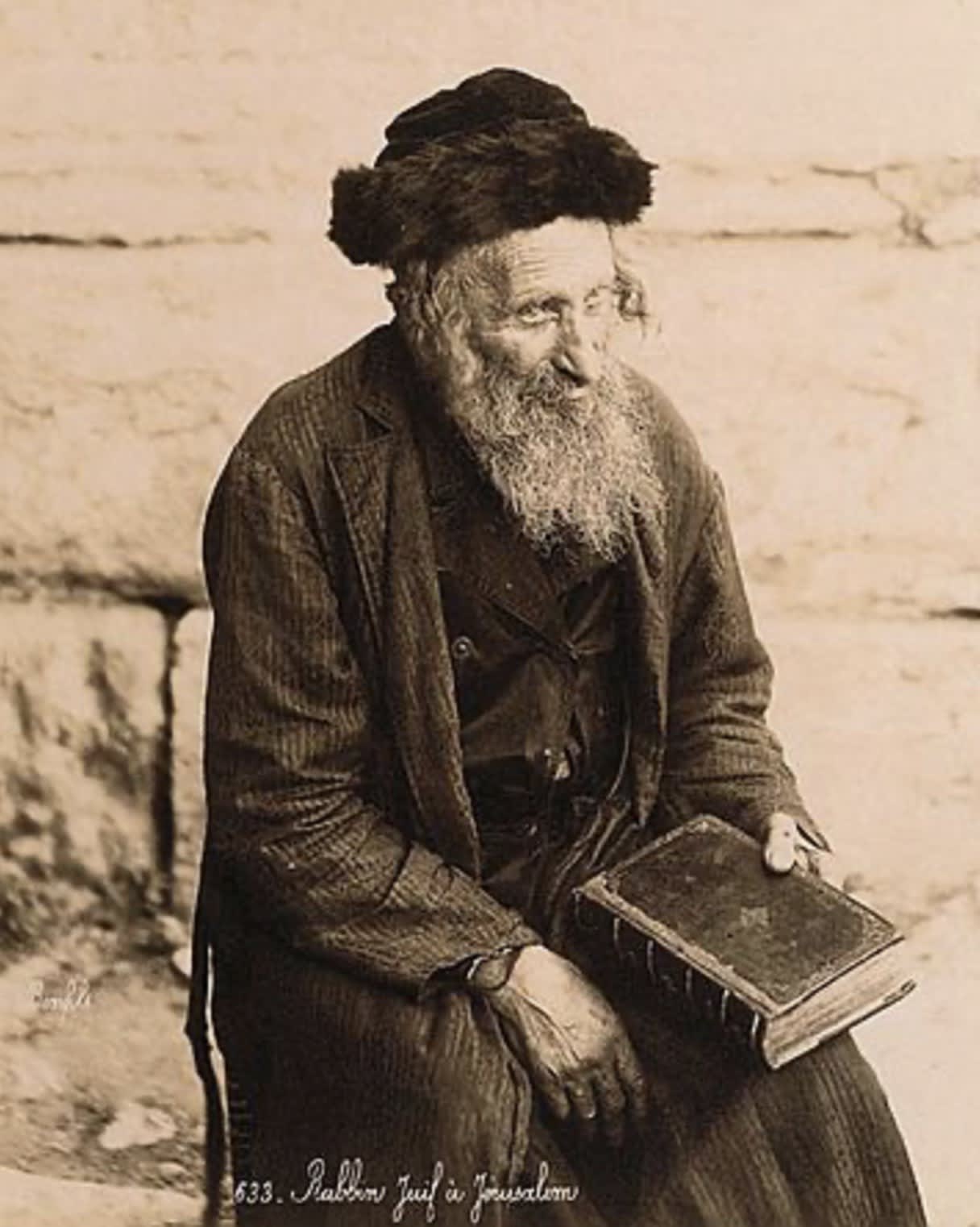Gustav Adolph Spangenberg
Study of an Ashkenazi Jew
Monogramed and dated: G. Sp / 1869
Inscribed on the reverse: …Jude” Gustav Spangenberg
Oil on panel
35.6 x 30.5 cm. (14 x 12 in.)
Study of an Ashkenazi Jew
Monogramed and dated: G. Sp / 1869
Inscribed on the reverse: …Jude” Gustav Spangenberg
Oil on panel
35.6 x 30.5 cm. (14 x 12 in.)
With his thick, wiry beard, fur-lined capped, and aura of an Old Testament prophet, the sitter in Gustav Adolph Spangenberg’s characterful study is an Ashkenazi Jew (fig. 1), painted in Berlin in 1869.
Ashkenazi Jews coalesced in the Holy Roman Empire from the 11th century, forming important communities in Speyer, Worms, Mainz, Trier and Cologne, though by the late Middle Ages frequent persecutions had pushed large numbers of them eastwards into the Polish-Lithuanian Commonwealth. Whilst still remaining a small minority of the population and subject numerous restrictions, German Jewish numbers expanded rapidly again in the nineteenth century, from 270,000 at the end of the Napoleonic Wars to well over half a million in the 1850s. Full civic equality was not extended in all German states however until the establishment of the North German Confederation in 1869, the year Spangenberg’s work was painted.
A symphony of earthy tones, Spangenberg creates form and volume in the shoulder, beard and hat through the use of masterfully fluid and rapid brushstrokes. This contrasts with small portion of the face visible, which is rendered with tighter strokes. The overall feeling is Rembrandtian (fig. 2), and indeed Spangenberg was surely looking to great Dutch master and his pupils, like Jan Lievens, when he painted this study.

Fig. 1, Felix Bonfils, Portrait of an Ashkenazi Jew, albumin print,
28 x 22 cm, Bibliotèque Nationale de France, Paris

Fig. 2, Rembrandt, Portrait of an Old Man (Possibly a Rabbi),
oil on panel, 22 x 18 cm, The Leiden Collection
Spangenberg had settled permanently in Berlin, becoming a professor at the Academy of Arts in 1869. A talented draughtsman, thanks to his early training, Spangenberg was best known for his large-scale paintings depicting well-known episodes from German history.
